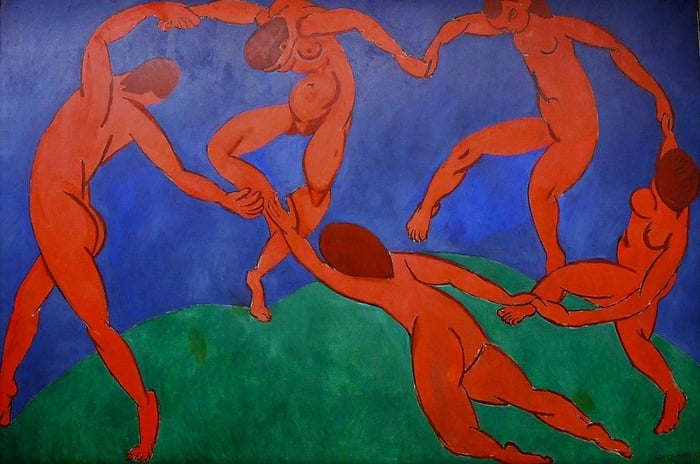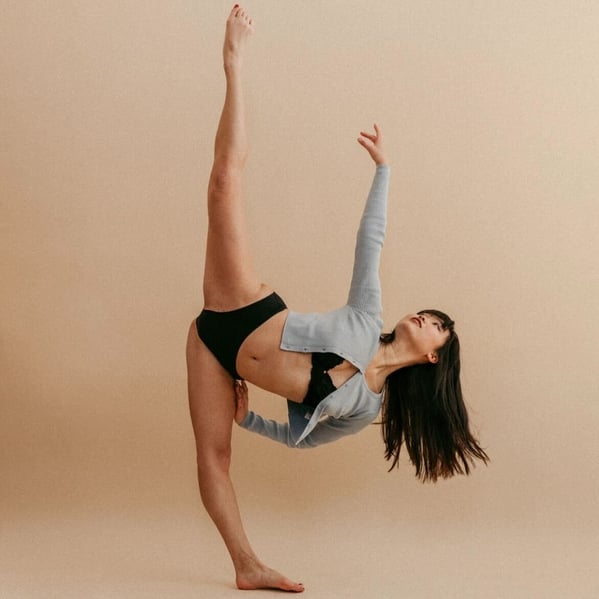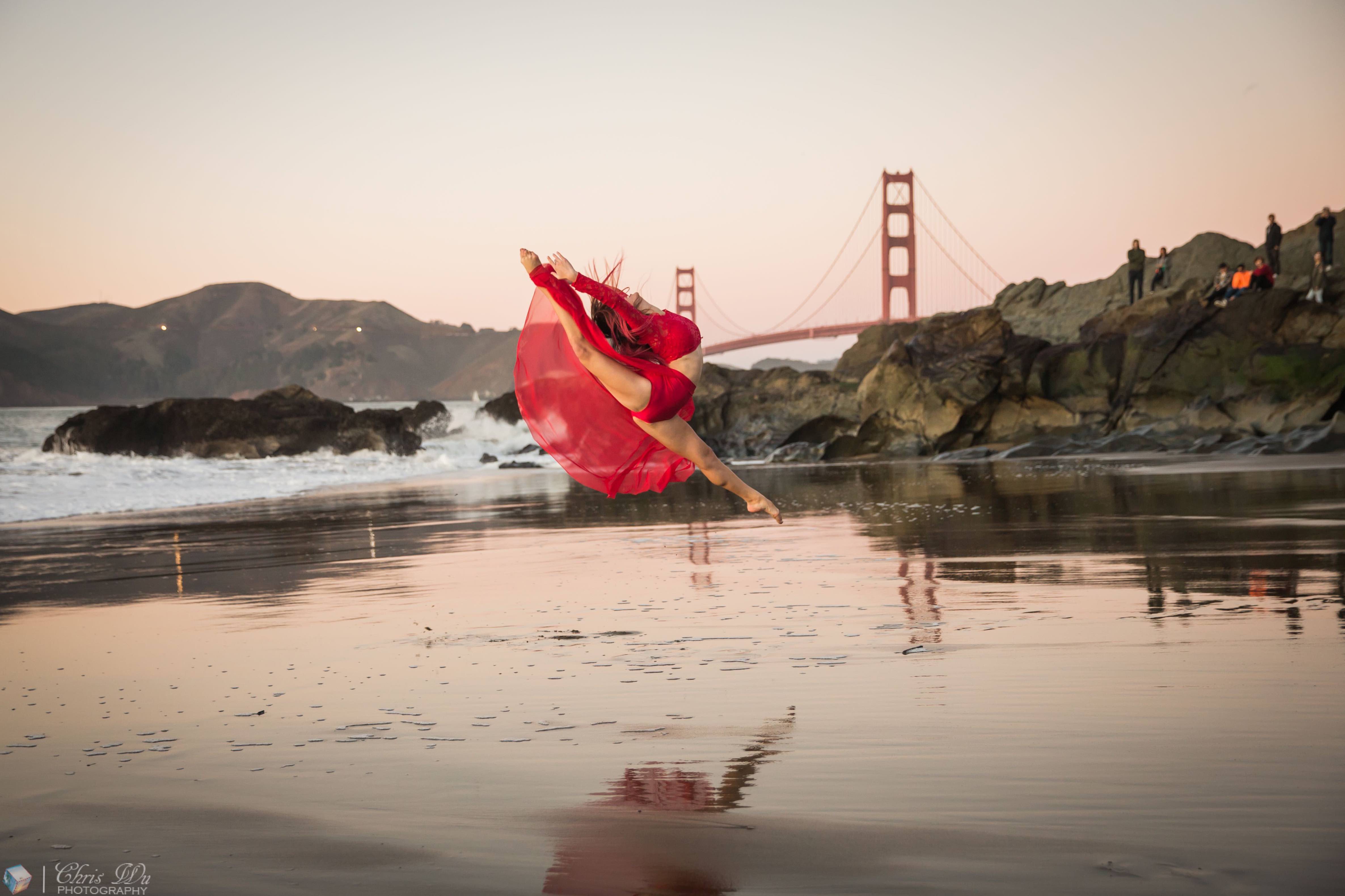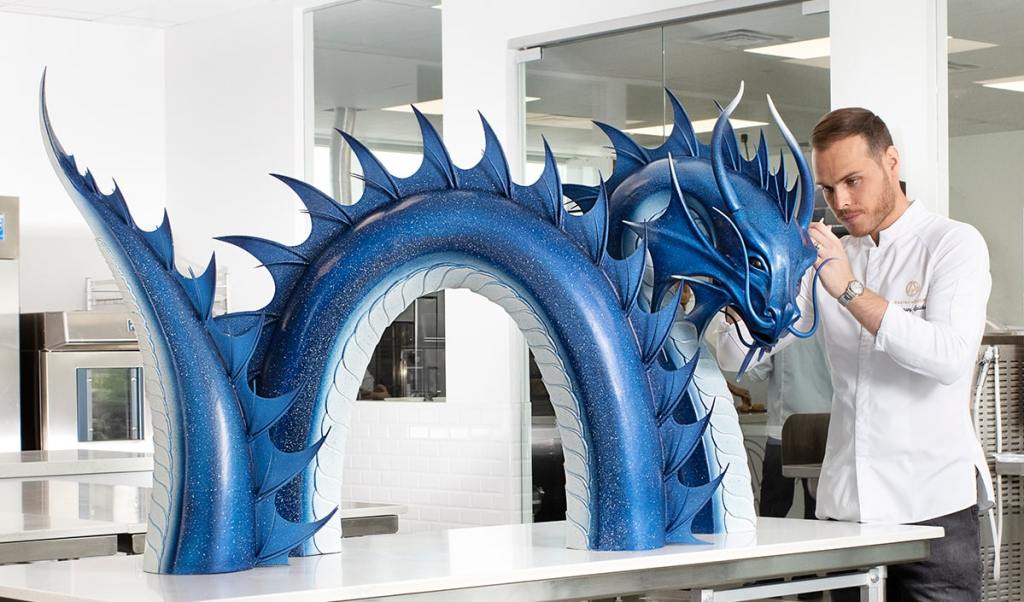Movement is part of human nature. From taking our first steps, to finding complicity with a stranger on the dance floor, to a father-daughter dance at a wedding — dance, whether it be a discipline, a celebration, or a sacred ritual, is deeply rooted in diverse cultures across the globe.
Throughout the ages, artists have been compelled to capture the exquisite beauty, grace, and dynamic energy of movement, often blurring the boundaries between dance and the visual arts. Let's delve into the rich history of how dance has been celebrated and represented in the world of art.
Dancing brushes
Dance left no physical remnants or artifacts to mark its entrance into human existence, but we do have some clues. Approximately 9000 years ago, ancient Indians depicted dance scenes on the cave walls, showcasing its early presence in human culture. Similarly, around 3300 BC, the Egyptians adorned tombs with intricate figures engaged in dance, revealing its significance in their society.
Fast-forward to the 19th Century and its characteristic art movements: Impressionism. This movement, one of the Western world’s most important ones, emerged in France and broke the rules of traditional academic painting. For impressionists, depicting changing light with vibrant colors, conveying emotion, and capturing movement through unblended brush strokes were key principles of their creation process.
When it came to dance, Edgar Degas was one of the most prolific artists of the movement, earning the nickname “the painter of dancers”. From his intense fascination for dance stemmed a body of over 1600 artworks representing ballet and all its visual intricacies and behind-the-scenes politics. He was not known to be kind to the dancers, asking the “petits rats de l’Opéra” (little rats of the Opera) to pose for hours until he was satisfied with his depiction of the grim reality these young dancers faced:
Poverty, prostitution, and exhaustion. To this day, Degas’ ballet representations are some of the world’s most cherished artistic heritage. A bronze version of his 14 year old dancer sold on auction for over 41 million US dollars in 2022, setting the artist's new record. While 29 versions of this sculpture exist, the original sits at the National Gallery of Art in Washington.
With the 20th Century came the next movement: Colourful, wild, simplified, unconstrained Fauvism. The movement’s leaders, Henri Matisse and André Derain, created some of the most famous paintings of dancers. Matisse’s “Dance” remains an emblem of modern art; through vibrant colours and careful composition, Matisse leaves an open space for the spectator to join the dance. Those two dancers in the bottom left, they’re reaching for each other and letting you in at the same time. To represent life, joy, and freedom of mind and body, the artist chose dance as his subject.

The Dance, Henri Matisse, 1909
In the mid-century, as Pop Art and hip-hop were gaining the streets of New York, artist Keith Haring mixed dance into his pieces in a playful, cartoon-like way, opening a path for other artists to explore. Moving into the 21st Century, artists such as Jeff Koons, David Hockney, Takashi Murakami, and so many more played with the incorporation of dance into their work. From there on, the relationship between dance and visual arts started to evolve, with artists mixing dance and other media, not only representing it but interacting with it.
Blurred lines
When someone talks about ballet, my mind usually goes to the Bolchoi’s Swan Lake I was lucky enough to see at the opera a few years ago. Over the years and ever since the mid-20th century, ballet has evolved into something different, less traditional, more adventurous, more fun.
Picture this: Minimal electronic music, dancers wearing torn clothes, metallic pillow-shaped balloons falling from the sky. Is it ballet, is it performance, is it an installation? At the border of genres, Merce Cunningham’s 1968 “Rainforest” features “Silver Pillows” by Andy Warhol and music by David Tudor, creating a hybrid ballet at the crossroads of art, life, and 60s New York vibes. More recently, in 2013, Daniel Buren designed the scenography of “Daphnis and Chloé” by Benjamin Millepied, composed for and performed by a Russian dance company. From this collaboration and encounter between cultures and art forms, results a visually pleasing scene.
When dancers do their thing, many others find inspiration in their skill and movement. We may want to learn how to do what they do, paint them, record them, or fix their movement for eternity.
Dance Photography
Dance photography is a skill of its own: how do you capture the feeling, the music, the rhythm? Knowing the basics of choreography, anticipating, and understanding dance are a good place to start, but there’s just a magic to it too. There’s a dialog between the camera, the photographer, and the dancer. The subject isn’t at the mercy of light and aperture, the subject interacts with light, moves it, dictates the photographer’s timing. Dancer, light, air, and photographer all work together. Rachel Neville was a professional ballerina, but after suffering a serious injury, she had to make a change. She opened her own studio, where she now captures the authenticity, power and strength that dancers convey. With Rachel Neville, from a visual comes a sound: ballerinas are given a voice.
The first piece of art I purchased was a black and white photograph of a prima ballerina. I remember the way the skirt just moved with the dancer, leg up in the air, and the contrast of it all. I would practice drawing her until I got it just right, I probably have tens of versions of that same dancer somewhere.
Years later, I find inspiration again in this photograph of one of our own. Inspiration to write, to dance, to draw. I see the subtle position of her hand, the way her hair flows, her collarbone… I see how her body works with the light, her strength and elegance, and that’s what I want to translate in my own way.

Proof of Pain, Sarah Satoshi
Now take another look at the first photo of this article. Notice her outfit and the bridge sharing hues, the waves complementing the way the fabric moves, how nature — light, wind, water — all gather to work together with our dancer and her photographer. Notice the people watching her in the background and wonder, what is it they are attracted to, inspired by?




